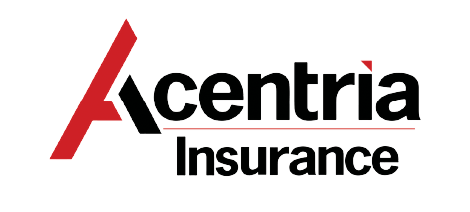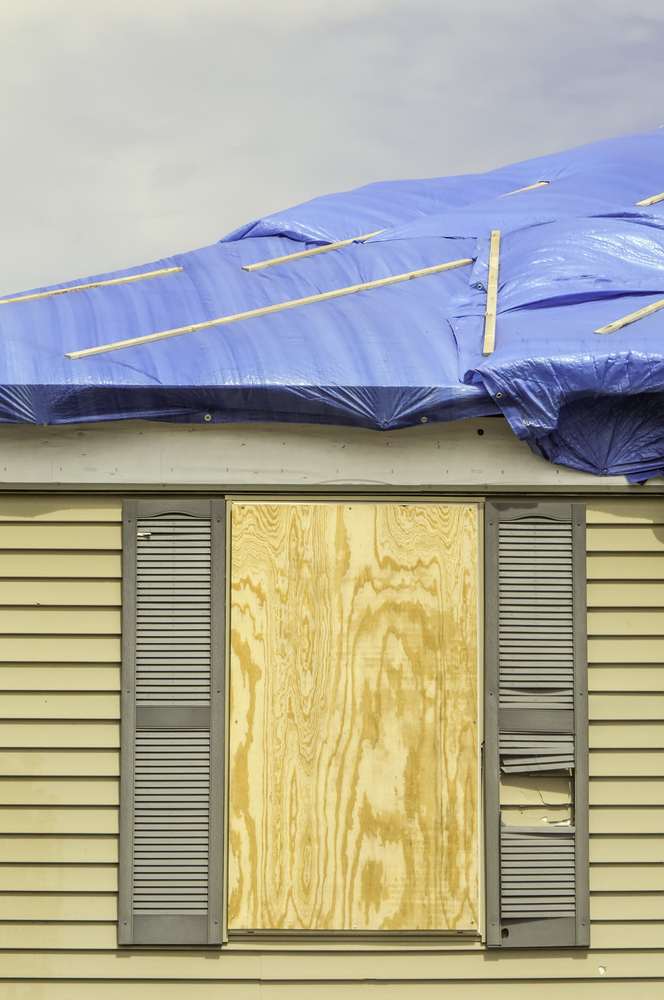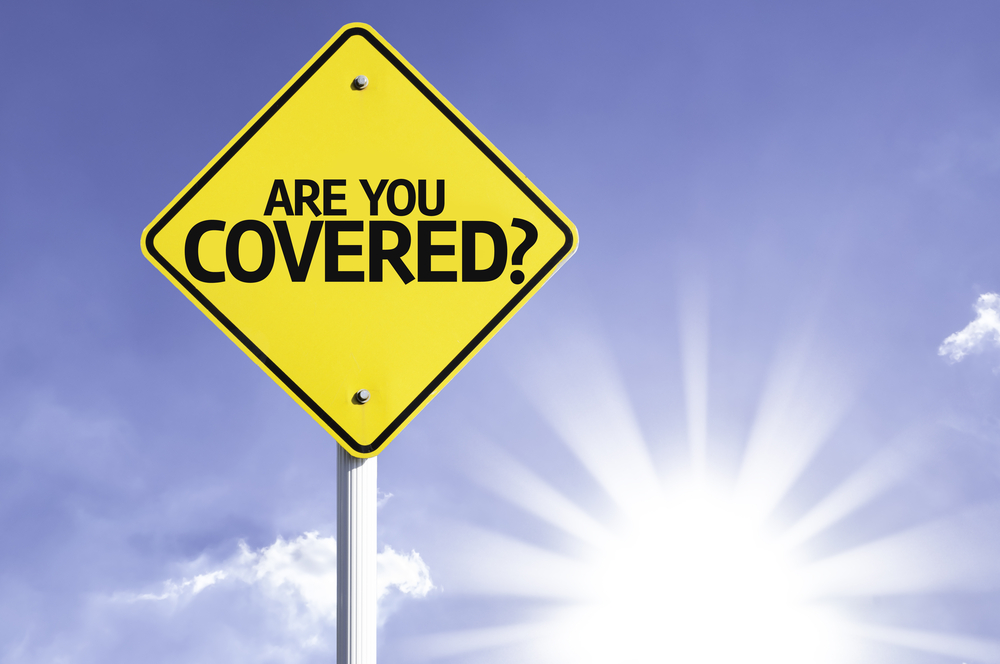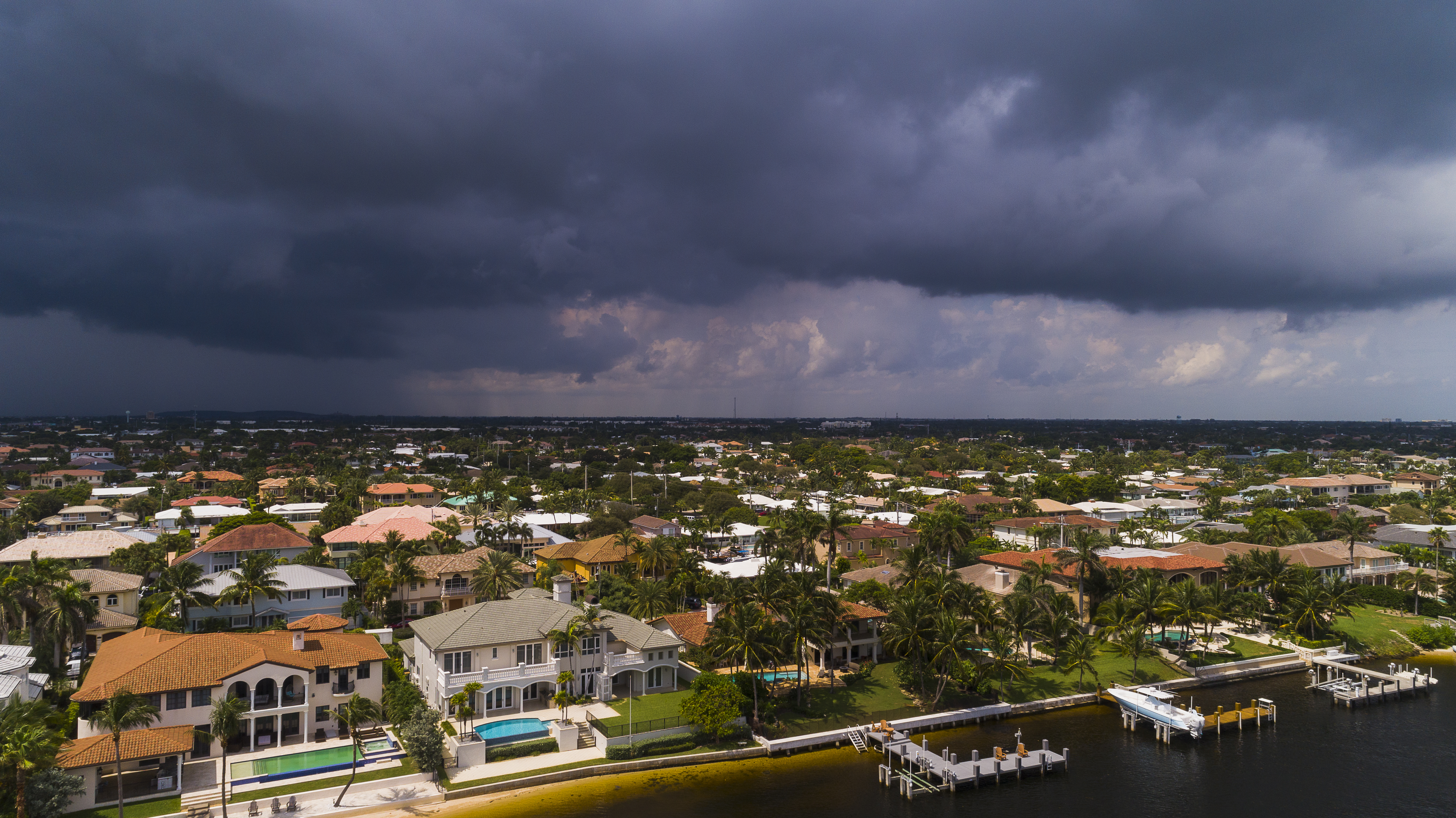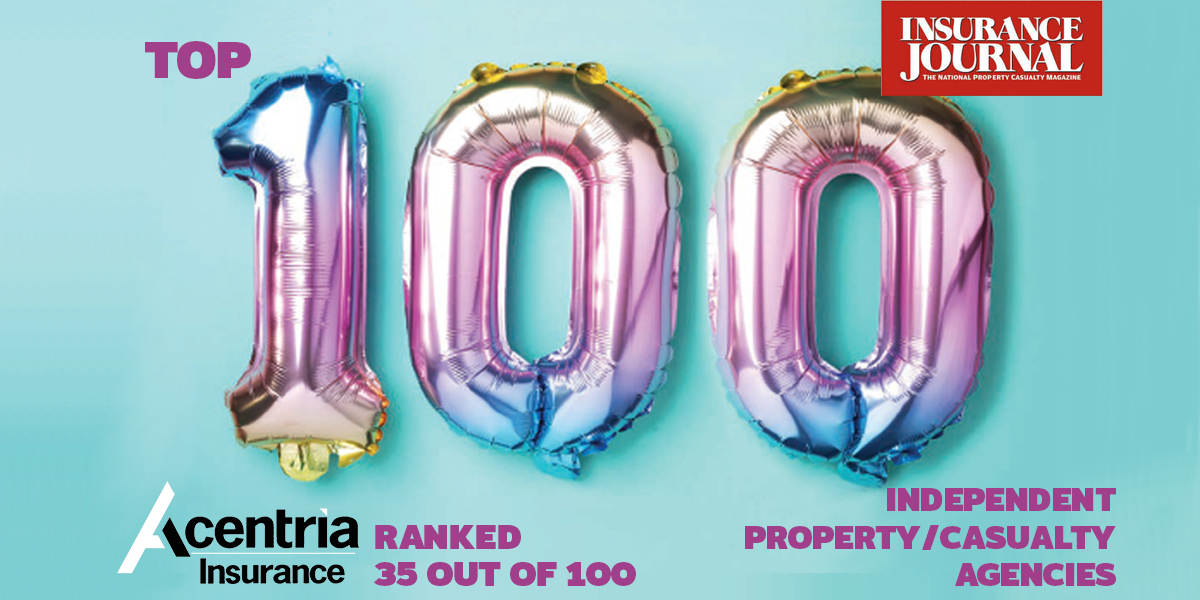Teen Drivers & Auto Insurance
Tips to Keep Auto Insurance Costs Down
Being the parent of a teenager that is getting ready to climb behind the steering and venture out on the road is uncharted territory for many. Insuring your new driver can be an expensive endeavor and even overwhelming to think about. We are here to help! The risk of motor vehicle crashes is higher among 16-19 year-olds than any other driving age group. Here are some helpful tips we have gathered to assist you in keeping your premiums as low as possible and to help keep your new teen driver safe and accident-free.
Add Your Teen to Your Auto Policy
Rather than setting up an independent policy for your teen driver, consider adding him or her as an additional driver on your auto insurance policy. Also, if you have more than one vehicle, keep costs down by designating which vehicle your child will be driving.
Deductible Considerations
Auto deductibles typically range from $250 to $1,000. By upping your deductible and using your insurance for big repairs, you can significantly reduce your premium.
Ask for the Student Discount
If your teenager maintains at least a 3.0 grade point average (GPA), he or she typically qualifies for a rate discount.
Weigh Your Buying Decision
Wanting to get your teenager a new car to drive with the latest safety equipment is understandable, but you may be better off purchasing a safe, used vehicle in terms of premium prices.
We’re Here to Help
Contact our office by phone at 866.374.5084 or CLICK HERE to learn more about all of our automobile insurance and personal risk management solutions.
Top Ways to Save on Your Auto Premium:
- Consider increasing your Comprehensive and/or Collision Deductible(s)
- Inquire about a good student discount
- Have your teen keep up their safe driving record
- Confirm if there are any multi-policy discounts available to you.
Are you interested in a Parent/Teen Driving Agreement? A driving contract or agreement with your teen can help reinforce that driving is a privilege that should be taken seriously, may help eliminate any confusion about you and your families’ rules when it comes to driving, and provide pre-established consequences to utilize in the event the driving rules are broken. If interested, we have a Parent/Teen Driving Contract available for you to use at your own discretion. Download your copy today.
Set Your Expectations for Safety and Minimize Distracted Driving
Teens can get distracted easily. To help reduce potential accidents:
- Restrict your teen’s nighttime driving
- Do not allow them to drive with more than one other person in the car
- Ban cell phone use while driving
- Lead by example with your own driving habits
- Ride with your son or daughter occasionally to make sure they are keeping up with the safety habits that they learned in driver’s education
Consider these best practices before your teen starts driving:
- As soon as your teen is ready to get his/her learner’s permit, contact Acentria.
- If your child gets into an accident, we will generally cover it but may charge a higher premium retroactively if you did not notify them that your child was driving. In rare cases, your coverage may be revoked.
- Do not lower your liability coverage drastically to combat rate increases. It simply does not make sense to carry less liability for higher-risk teen drivers. You will be forced to cover damages out-of-pocket if your child gets into an accident without enough coverage if you do not carry adequate car insurance coverage.
You have heard various statistics over the years and may have even experienced them yourself. Did you know that – According to the Centers for Disease Control and Prevention, Teenage drivers are most likely to have an accident during their first year of driving. Teens give in to peer pressure from passengers easily and are more likely to speed or race other vehicles while in the presence of their peers. The National Institute of Mental Health claims that the part of the brain that weighs risks, makes judgment decisions and controls impulses are not fully developed until the age of 25.
To think of the risks teen drivers face can be daunting. No matter what is to come on the road ahead, we encourage you to review your current auto insurance policy with a licensed insurance agent, consider additional liability coverage under a personal umbrella policy and continue the conversation with your teen driver regularly.
Request a personalized auto insurance quote from Acentria Insurance
or a policy review by clicking the link above.
